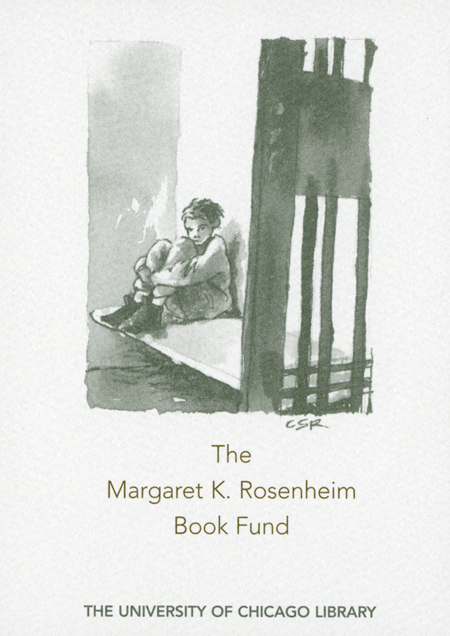Review by Choice Review
This multidisciplinary book is exactly what policy makers should consult when thinking about ways to change a system that is in dire need of repair. The authors begin with a study of the highly publicized Lionel Tate case while building up to what they call the developmental model of juvenile justice for the 21st century. They then argue that juveniles are different in many cognitive and other ways from adults as well as from children. In the past and present, the criminal justice system has used birth age to differentiate defendants. Scott (law, Columbia Univ.) and Steinberg (psychology, Temple Univ.) argue that crime is different, and maturity is a factor to consider beyond birth age. The developmental model takes the position that "adolescent immaturity reduces culpability; that normal adolescents in high-crime neighborhoods may get involved in criminal activity, but most are likely to desist with maturity; and that social context ... plays a key role in adolescent development." The authors then address eight specific issues on which the model works differently than current regulatory practices, including when a juvenile should be tried as an adult. Summing Up: Recommended. Upper-division undergraduate through professional collections. D. S. Mann College of Charleston
Copyright American Library Association, used with permission.
Review by Booklist Review
After decades of reading about juvenile predators and life sentences imposed on 15-year-old murderers, the public sentiment is swinging away from a policy of zero tolerance for young lawbreakers, according to Scott and Steinberg. The authors combine their legal and psychology backgrounds to offer a new approach to juvenile justice, based on their exploration of research not available when the punitive laws now in effect were enacted and on their review of current legal standards. They advocate a developmental model under which adolescents are treated somewhere between juveniles and adults. They offer a historical perspective, ranging from the progressive era with its emphasis on rehabilitation to the moral panic of the 1980s that emphasized punishment. Citing research on brain development, Scott and Steinberg detail a model that recognizes the physiological immaturity of adolescent brains but still holds them accountable for their actions. And, following examination of harsh laws, such as California's Proposition 21, the authors argue that a developmental model for juvenile justice promises better returns for public safety and cost when compared to the ineffective system currently in place.--Bush, Vanessa Copyright 2008 Booklist
From Booklist, Copyright (c) American Library Association. Used with permission.
Review by Choice Review
Review by Booklist Review


